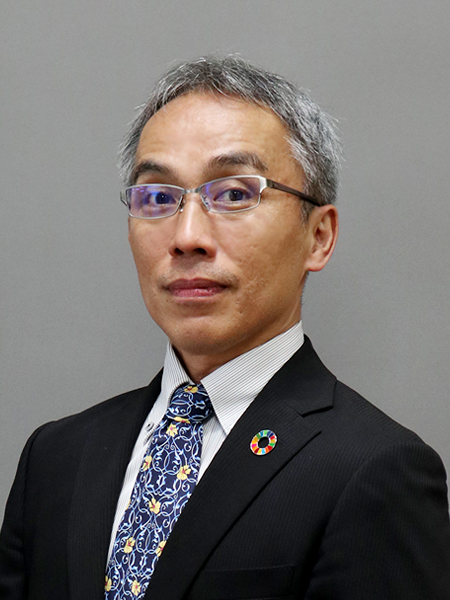17 July 2024
Trends in the Recruitment and Job Placement Market in Korea, April-June 2024

Korea: 2024 Economic Growth Forecast Revised Upward; Accelerated Investment in Generative AI and Semiconductors
Number of job offers YOY:81%
Number of job openings YOY (past 3 years):
| 2021 | 2022 | 2023 | 2024 | ||||||||
| Jul - Sep | Oct - Dec | Jan - Mar | Apr - Jun | Jul - Sep | Oct - Dec | Jan - Mar | Apr - Jun | Jul - Sep | Oct - Dec | Jan - Mar | Apr - Jun |
| 88% | 117% | 90% | 96% | 84% | 125% | 104% | 73% | 169% | 60% | 76% | 104% |
<Market Overview in Korea>
In the April-June quarter, SK Hynix revised its performance outlook upward due to the generative AI boom. The company plans to invest 12 trillion yen primarily in the HBM (High Bandwidth Memory) sector by 2028, indicating strong growth. Samsung unveiled its foundry process roadmap, aiming to operate factories using GAA (Gate-All-Around) technology. However, overall economic sentiment remains cautious, with South Korea's employment market facing significant challenges. According to the Ministry of Employment and Labor, the number of regular employment insurance subscribers in their 40s and under 29 continues to decline year-on-year each month. From January to April this year, the scale of unpaid wages increased by about 40% compared to the same period last year. The rapid decline in birth rates and the burden of sharply increased minimum wages have strained many companies. In response, the government has established the Ministry of Population Strategy Planning, which includes measures to combat low birth rates.
<Local Hiring Trends among Companies in Korea>
In the April-June quarter, demand for engineers in generative AI-related fields, particularly HBM, surged. With the sector performing well, the need for increased staff in the initial investment phase also remains high. Japanese companies are actively seeking Japanese-speaking candidates, but the shortage of young talent continues to make recruitment challenging. Compared to the automotive and secondary battery industries, the semiconductor and generative AI sectors are expected to remain strong over the next few years, with expansion plans for hiring already in discussion.
<Job-Seeker Trends in Korea>
The semiconductor industry outshone the automotive sector in the April-June quarter. There has been a noticeable increase in demand for sales personnel with semiconductor industry experience, leading to fierce competition and an uptick in candidates seeking better conditions. Japanese companies have started to adjust their offers to stay competitive in the hiring market, although disparities remain between those that have increased their conditions and those that have not. Younger candidates, however, are placing a high value on quality of life and are less inclined to pursue sales positions actively.

JAC Recruitment Korea Managing Director
Masashi Kato
■JAC Recruitment Korea Overview
https://www.jacgroup.com/en/locations/country/korea
■JAC Recruitment Korea Website
https://www.jac-recruitment.kr/en
【JAC Recruitment Asia: Job Listing Comparison Report (Previous Quarter and YOY)】
| Change from previous period (Jan-Mar) | Year-on-year comparison | |
| Singapore | 85% | 79% |
| Malaysia | 88% | 100% |
| Thailand | 86% | 71% |
| Indonesia | 85% | 77% |
| Vietnam | 92% | 75% |
| Korea | 104% | 81% |
| India | 157% | 138% |
| Japan(*) | 99% | 91% |
*Recruitment Related to Overseas Operations of Japanese Companies
Note: The number of job openings in each Asian country may fluctuate due to deliberate strategies implemented by individual Asian companies (such as focusing on high-paying job openings or specialist positions). Therefore, changes in the number of job openings in each Asian country do not directly reflect the performance of each company.













